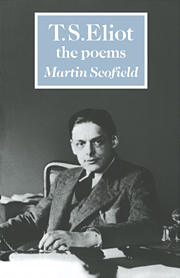As a writer of short stories William Faulkner (1896–1962) presents a paradox. His reputation as the greatest American writer of the first half of the twentieth century rests above all on his novels, particularly those written between 1929 and 1936: The Sound and the Fury (1929), As I Lay Dying (1930), Sanctuary (1931), Light in August (1932) and Absalom! Absalom! (1936). And his most characteristic narrative style, expansive, repetitive, circling on itself, incorporating wide-ranging, multifarious material in long, sustained, heavily loaded sentences, would seem to lend itself above all to the longer form. But he also wrote a large number of short stories or longer tales which, in the eyes of many critics, contain some of his finest achievements. There are forty-two stories in the Collected Stories which came out in 1950; in 1979 there appeared a further volume, Uncollected Stories, containing several early versions of stories later revised, twelve uncollected stories, and thirteen stories never previously published. In addition there are the stories in Go Down, Moses (1942), sometimes seen as a novel but better treated as a cycle of related stories, mainly about the McCaslin family and their neighbours in Jefferson, Yoknapatawpha county, Mississippi, that semi-mythical area in which a great part of Faulkner's fiction is set. Malcolm Cowley, one of Faulkner's most noted critics, has compiled The Portable Faulkner (1946), which sets out chronologically some of the most important episodes – short and long stories and parts of novels – from what Cowley calls the Yoknapatawpha ‘saga’.

